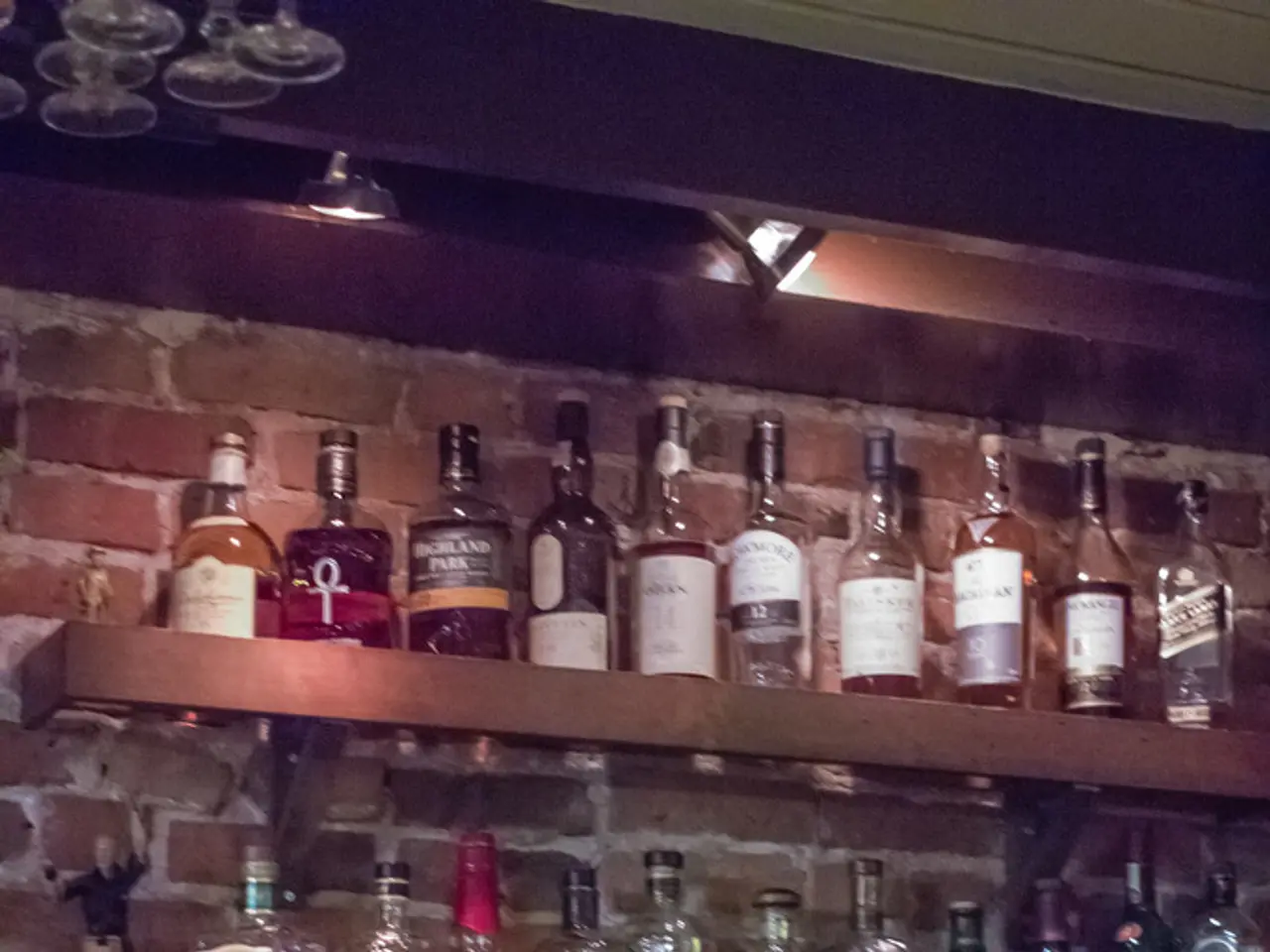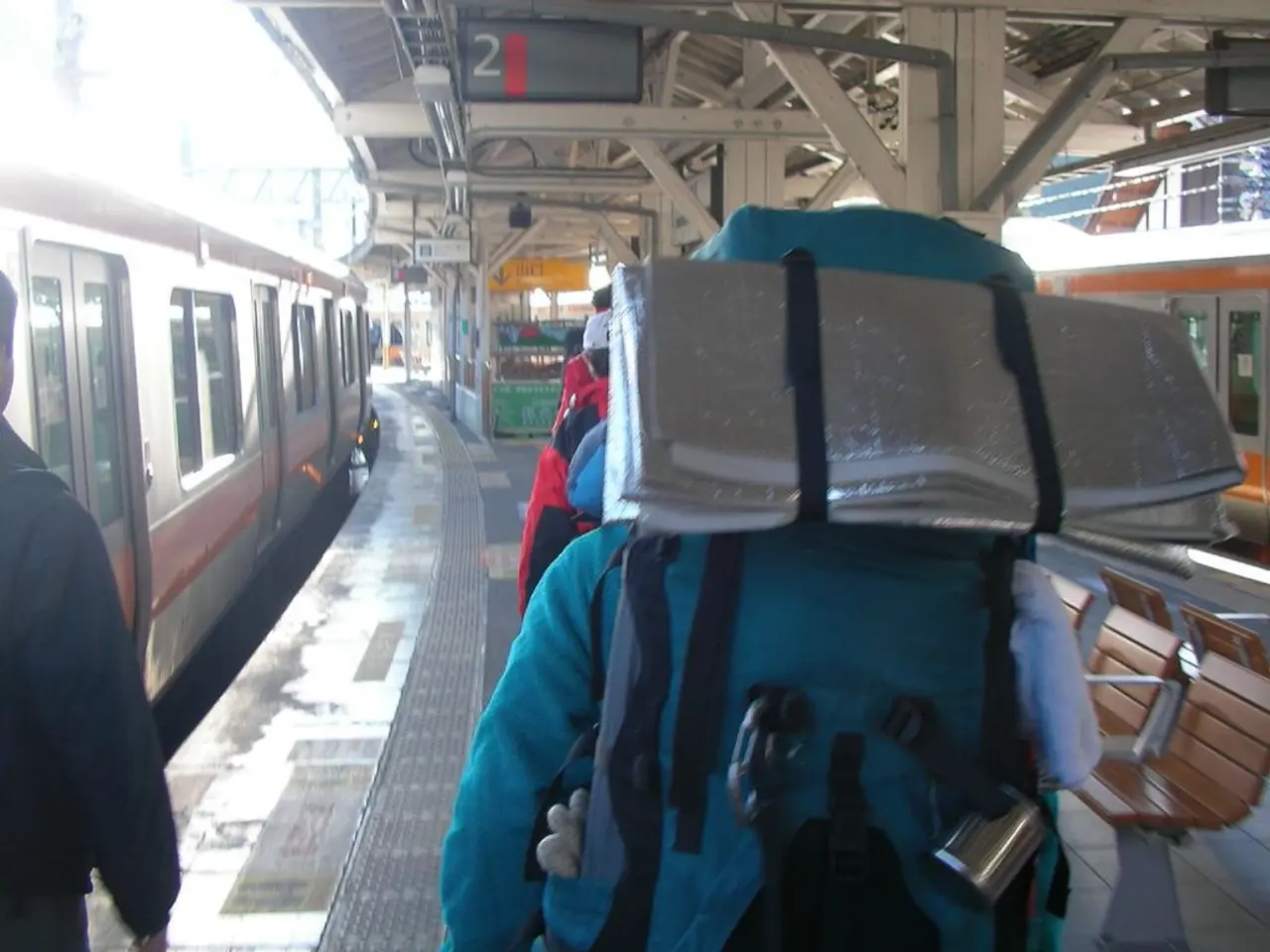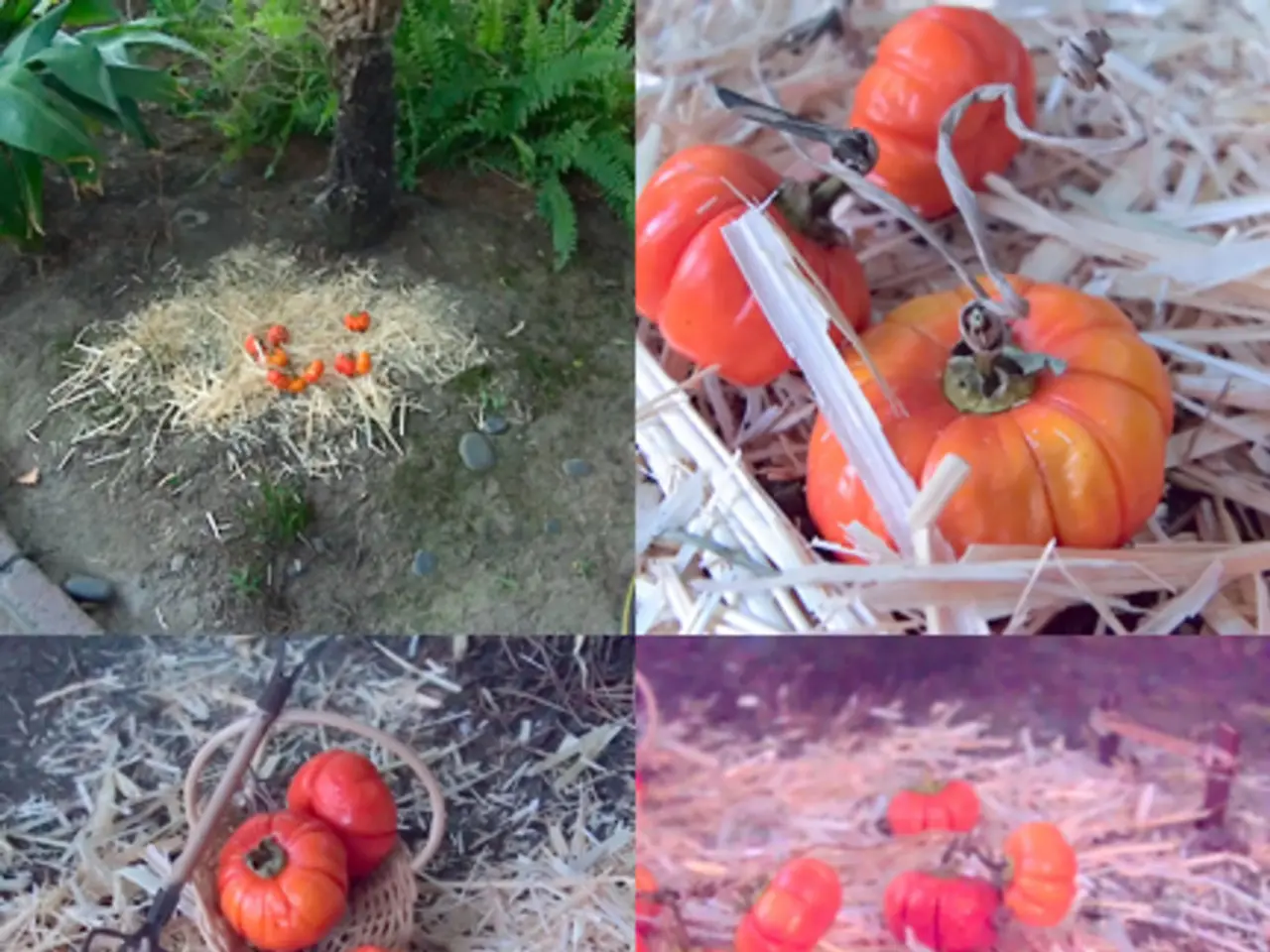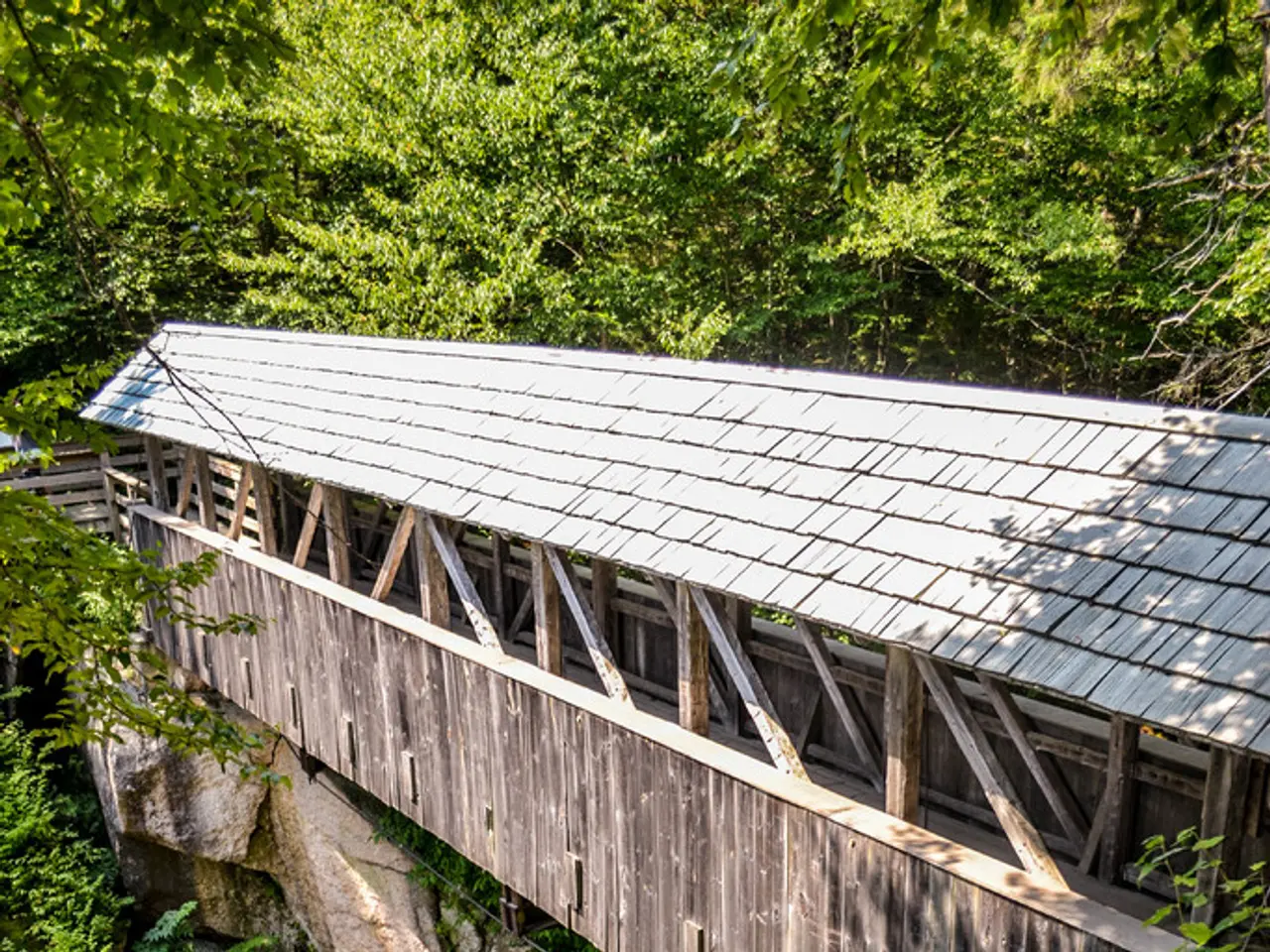What is the price tag for acquiring a French vineyard?
Score a French vineyard dream, but prepare to dig deep into the coffers
The cost of owning a French vineyard can fluctuate wildly, influenced by aspects such as the region's reputation, vine health, and any included property, brand, or stock.
A recent update from French property agency Safer suggests your dream of acquiring a Burgundy grand cru vineyard might be a bit further out of reach. In 2020, a single hectare of grand cru vines in the Côte d'Or averaged an eye-watering €6.765m, marking a 4% increase from 2019—and that's if you can find anything to buy!
Some winemakers echo concerns about surging land costs and the difficulties navigating France’s inheritance laws. Across France, the average cost for an appellation vineyard was €150,500 in 2020 (excluding Champagne). Champagne, however, accounted for 52% of the appellation vineyard value, despite only occupying 7% of the planted surface area.
Notably, prices for Champagne's vineyards dipped by approximately 1% in 2020 due to the market impact of Covid-19 on the region's wine demand. On the contrary, Bordeaux appellations, particularly Pauillac, Pomerol, and several others, experienced significant price increases in 2020.
Beyond Champagne and grand cru Burgundy, other pricey appellation groups in France include:
- Pauillac: €2.8m/ha, up 22%
- Pomerol: €2m, up 5%
- Premier cru white Burgundy (Côte d'Or): €1.69m, up 2%
- St-Julien: €1.6m, up 23%
- Margaux: €1.5m, up 15%
- Côte-Rôtie: €1.15m, stable
- Pessac-Léognan: €600,000, up 20%
- St-Estèphe: €550,000, stable
- Châteauneuf-du-Pape: €450,000, stable
- St-Emilion: €300,000, up 3%
Price discrepancies in French vineyards are vast, however. Since 1997, AOP vineyard prices have more than doubled, yet some remain well below the average.
For instance, in the Hérault department of Languedoc, AOP vineyard land cost a modest €17,500 per hectare in 2020 (on par with 2019 prices). Prices for different plots can differ based on location and quality potential.
Provence, too, has experienced an influx of high-profile buyers in recent years. In the Côtes de Provence, vineyards within touching distance of the Côte d'Azur can fetch up to €100,000 per hectare, significantly more than AOP vines in the Var area, which averaged €60,000 per hectare.
Beyond the AOP zones, overall French vineyard prices averaged €14,500 per hectare, according to Safer.
Keep in mind that purchasing a vineyard is merely the starting point for your winemaking desires that may involve substantial upfront costs. Always seek professional advice before making any decisions.
Related Content:
- How to buy a vineyard
- Bordeaux vineyard prices in 2020: Trends to watch (Premium)
- The realities of buying a vineyard
- English Pinot wine estate goes on sale at £1.65m - our website
- Premium: Bordeaux 2024: Pichon Comtesse, Canon drop 20% in price - our website
- Loire wine exports hit highest value in 24 years - our website
- wine news: Château d'Estoublon: A glass with French singer Carla Bruni - our website
- Premium: Chianti Classico annata new releases: The wines to buy in 2025 - our website
Enrichment Data:
- Overall: The current trends and most expensive appellations in French wine vineyard prices, particularly for Bordeaux and Burgundy, reflect significant market dynamics and challenges.
- Bordeaux: Bordeaux faces its most severe crisis since the 1930s, marked by stagnant sales and a disconnect between pricing and consumer demand. The 2021 vintage, for instance, was priced excessively high, causing difficulties in sales and inventory buildup of unsold wine[1][3]. Industry insiders suggest that substantial price reductions, though seen as damaging to reputation, might be necessary to restore consumer loyalty and market presence. Such reductions could potentially revitalize demand in the long run[3]. The crisis is not merely a cyclical downturn but a fundamental reassessment of Bordeaux wine’s value. The halcyon days marked by vintages such as 1982, 2005, 2009, or 2019 are unlikely to return soon[3]. Financially, many Bordeaux estates and négociants face risk due to overvaluation of inventory and insolvency risks if the status quo persists[3].
- Burgundy: Burgundy remains a highly sought-after and expensive wine region, known for its exclusive and pricey vineyards. While specific vineyard prices are not detailed in the search results, luxury wine tours and tastings feature prominent domaines, indicating ongoing strong demand for Burgundy wines[2][4]. Burgundy appellations such as Bourgogne Aligoté, Passetoutgrain, and premier cru vineyards typically command premium prices, which is reflected in retail pricing varying widely from approachable ($24.99 per bottle) to very expensive ranges (up to $254.90 per bottle or higher for cases)[5]. Burgundy vineyards, particularly in the Côte d'Or and other Grand Cru areas, remain among the most expensive in France due to their rarity, quality, and global demand[2].
- Investing in a French vineyard, particularly premium appellations like Champagne, Burgundy, Pauillac, and Pomerol, requires substantial finance, as prices for these regions can reach millions of euros per hectare.
- Aside from the cost of the vineyard itself, investing in winemaking involves additional expenses such as infrastructure updates, equipment, and labor that should be considered before making any decisions.
- Despite the high prices in premium appellations, there are still vineyards available in regions like Languedoc and the Var area in Provence at significantly lower costs, offering opportunities for those seeking to enter the wine industry without breaking the bank.







